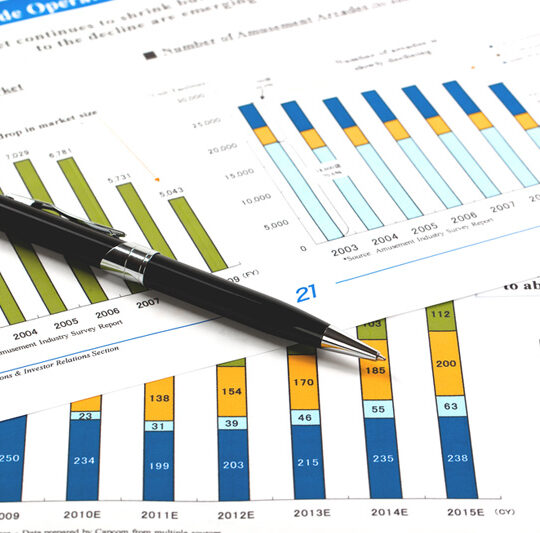
In 2023, the United States economy demonstrated remarkable resilience and robust growth, defying the bleak forecasts of a recession that loomed large at the year’s commencement. Contrary to the anticipated negative downturn, the real Gross Domestic Product growth rate positively surprised economists and policymakers, registering at a robust 2.6%. This growth, predominantly driven by consumer spending, a notable revival in manufacturing structures investment and an uptick in government purchases, stood out as particularly impressive against the backdrop of significant economic challenges at the start of the year.
One of the most significant highlights of 2023 was the record-high level of investment in the manufacturing sector, achieving heights not witnessed since the late 1950s. This remarkable surge was a major contributor to the overall GDP growth and is partly attributable to the implementation of key legislative measures, such as the Inflation Reduction Act. These policy initiatives provided a conducive environment for investment and innovation within the manufacturing sector, thereby playing a crucial role in propelling the nation’s economic growth forward.














